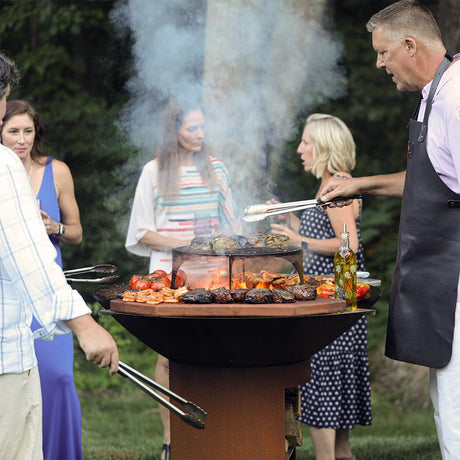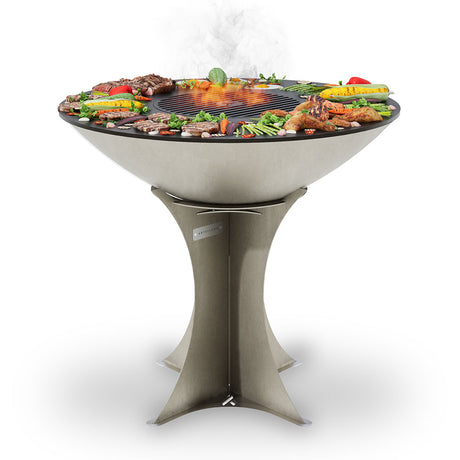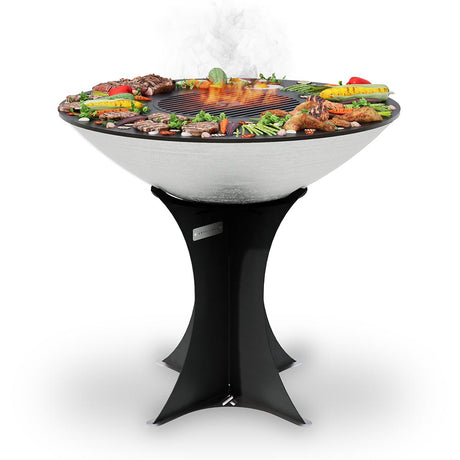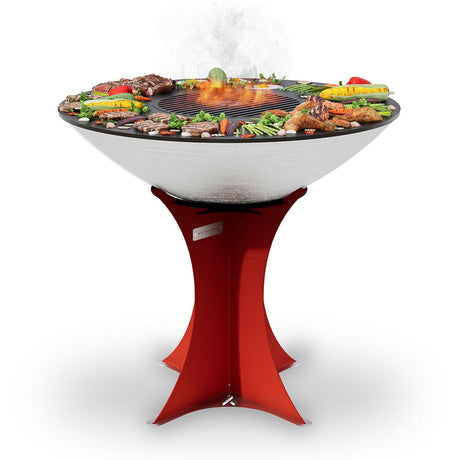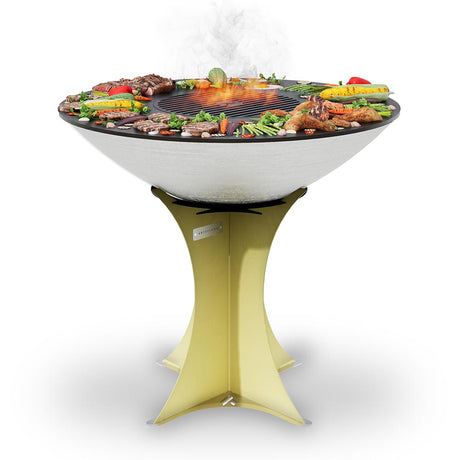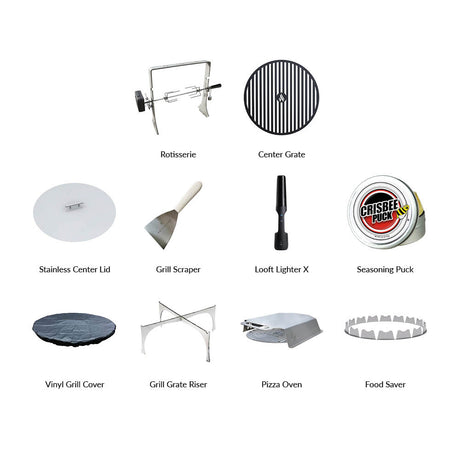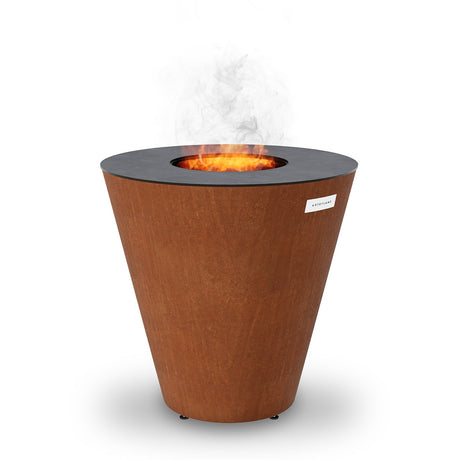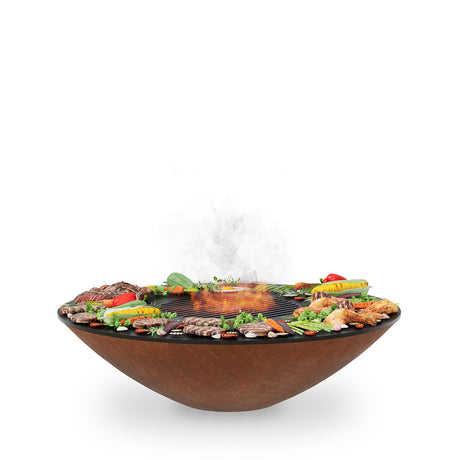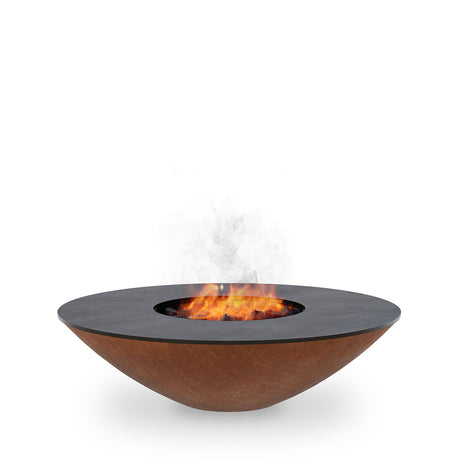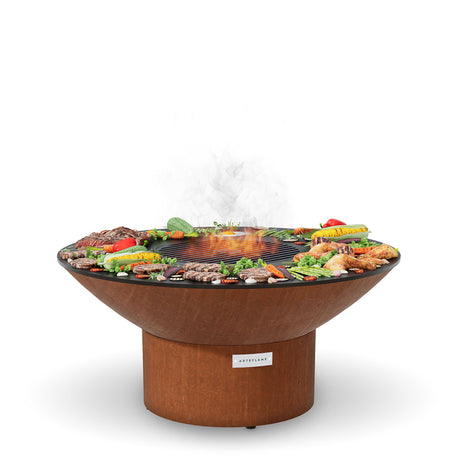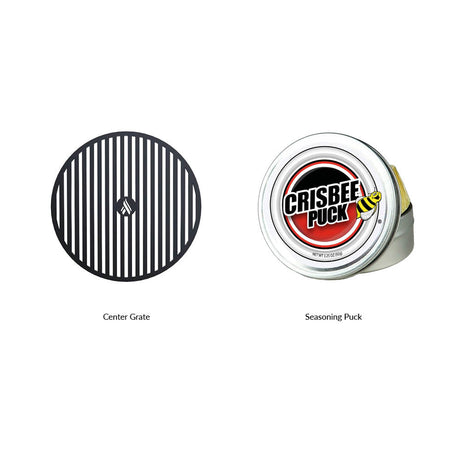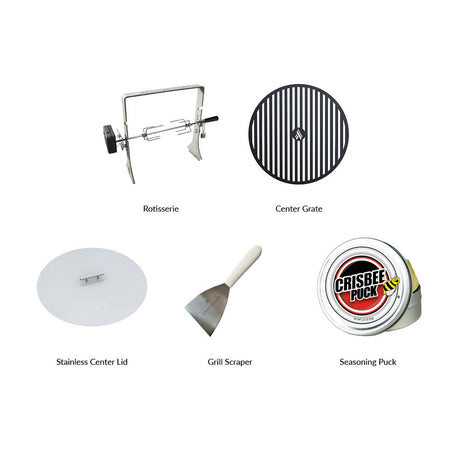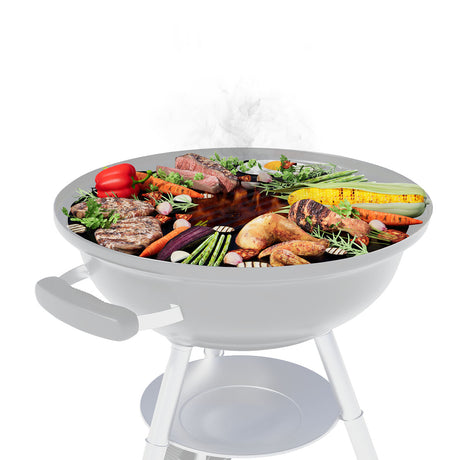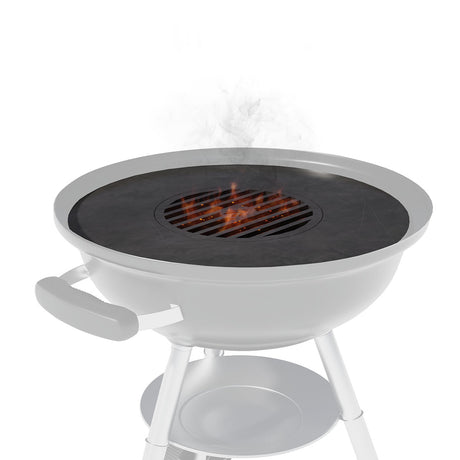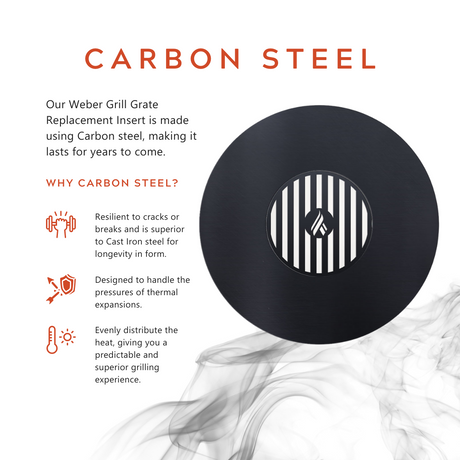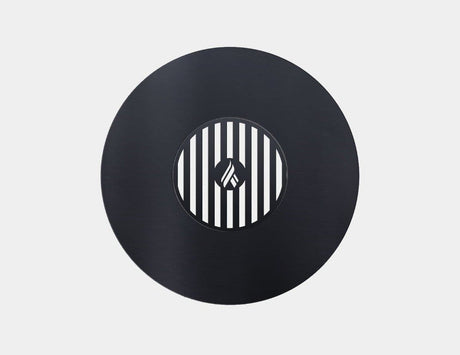Guide to Beef Cuts: Best Uses and Cooking Methods
Beef cuts refer to the various sections of a cow that are butchered for cooking, each offering different textures, flavors, and cooking methods. Here’s a breakdown of common beef cuts:
1. Chuck
- Location: Shoulder area
- Best for: Braising, stewing, slow-cooking
- Popular cuts: Chuck roast, chuck steak, ground beef
- Characteristics: Flavorful, with a good amount of fat and connective tissue, which breaks down during slow cooking for tenderness.
2. Rib
- Location: Upper middle section, near the ribs
- Best for: Grilling, roasting
- Popular cuts: Ribeye steak, prime rib, back ribs
- Characteristics: Highly marbled with fat, which makes rib cuts rich, tender, and juicy.
3. Short Loin
- Location: Behind the ribs, closer to the back
- Best for: Grilling, broiling
- Popular cuts: T-bone steak, porterhouse, strip steak
- Characteristics: Very tender, often with less fat than rib cuts but full of flavor.
4. Sirloin
- Location: Behind the short loin, toward the rear
- Best for: Grilling, roasting, pan-frying
- Popular cuts: Top sirloin, bottom sirloin, tri-tip
- Characteristics: Less tender than short loin, but still flavorful and leaner.
5. Tenderloin
- Location: Inside the short loin and sirloin sections
- Best for: Grilling, roasting
- Popular cuts: Filet mignon, chateaubriand
- Characteristics: The most tender cut of beef, but also the leanest, with a mild flavor.
6. Round
- Location: Back leg of the cow
- Best for: Roasting, slow-cooking
- Popular cuts: Top round, bottom round, eye of round, rump roast
- Characteristics: Lean and tough, best suited for slow-cooking methods.
7. Brisket
- Location: Lower chest, below the chuck
- Best for: Smoking, braising, slow-cooking
- Popular cuts: Brisket flat, brisket point
- Characteristics: Tough cut with lots of connective tissue that becomes tender and flavorful with long, slow cooking.
8. Plate
- Location: Belly area, near the ribs
- Best for: Braising, slow-cooking
- Popular cuts: Skirt steak, short ribs, hanger steak
- Characteristics: Chewy and flavorful cuts, often used for fajitas or slow-cooked dishes.
9. Flank
- Location: Lower belly, near the back legs
- Best for: Grilling, stir-frying
- Popular cuts: Flank steak
- Characteristics: Lean, flavorful, but tough if overcooked. Best when marinated and cooked quickly.
10. Shank
- Location: Lower leg
- Best for: Braising, slow-cooking
- Popular cuts: Shank cross-cut, used in soups and stews
- Characteristics: Tough and lean, but rich in flavor when slow-cooked.
Each cut has unique characteristics and cooking methods, so choosing the right cut is essential depending on the dish you want to prepare.
Conclusion
Understanding the various beef cuts and how to cook them can elevate your meals, ensuring that every dish turns out tender, juicy, and packed with flavor. Whether you're grilling a ribeye, slow-cooking brisket, or pan-searing a filet mignon, selecting the right cut and applying the best cooking method is key to unlocking the full potential of each part of the cow. From tender cuts like tenderloin to tougher ones like chuck, there's a beef cut perfect for every cooking style and recipe.








